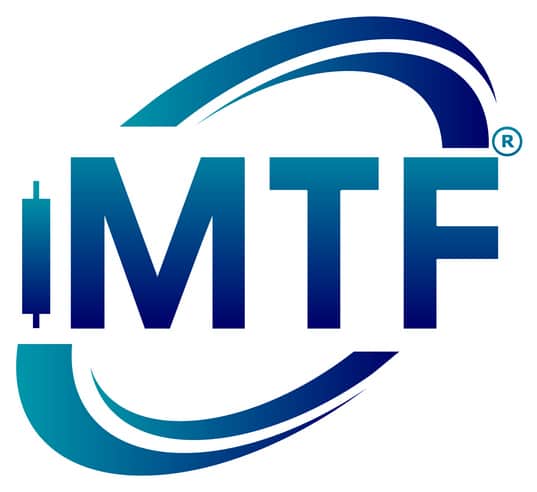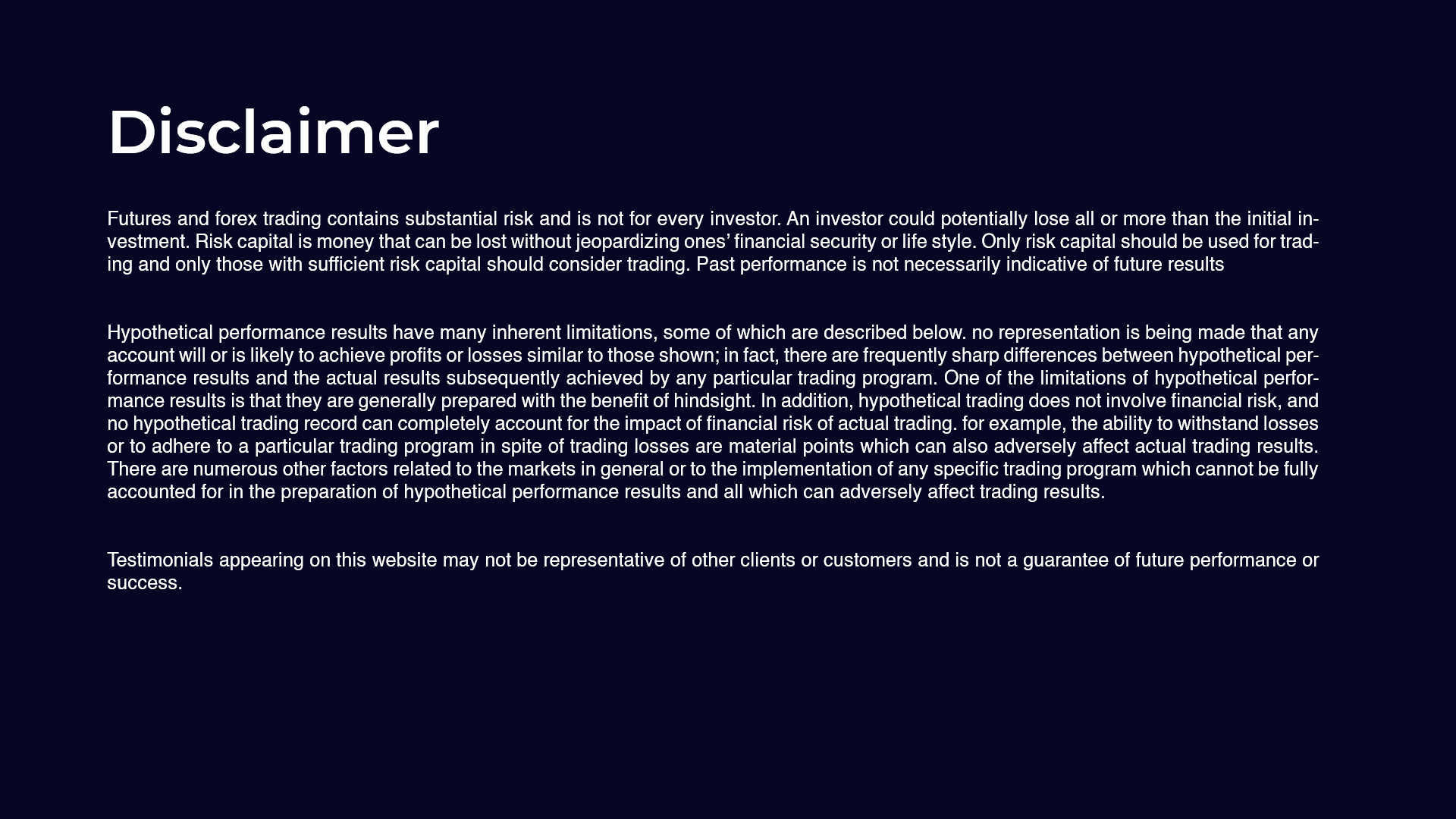Ichimoku has grow in popularity over the last few years thanks to technology allowing people to translate Japaneses books. Ichimoku has been around for some time yet is taken so long to catch on in the west. But now everyone seems to be into it and say they are experts. But you can look at Ichimoku and see for yourself the befits of Ichimoku. Like its name, at a glance you you can see the sentiment. Bullish, Bearish, or Neutral based on where price is in relation to the cloud. But the truth is you can see so much more at a glance if you know what you are looking for. This is were I feel Manesh Patel has simplified another aspect of Ichimoku by bringing in Ichimoku Multi Time Frame (iMTF) support and resistance levels.
By bringing in iMTF’s to find support & resistance levels, you can now get a clear place to trade from. And once you train your eye to identify these levels, you can now tell the sentiment but also the level to play from. But not only can we find pull backs and break out levels to play from based on the iMTF, but we can also understand consolidations. We can see with confident when to play and when not to play the chart. Anyone can make money when markets are trending. But what do we do when the market consolidates? Most people who don’t understand how to trade consolidations end up giveing back profits. Conservative people pull out and wait for the markets to trend again. But still don’t understand consolidations. They are nasty and volatile. But yet Ichimoku and iMTF’s seem to simplify consolidation and bring to light timing elements that let you know when a consolidation is coming to an end. ( Side note: iMTF’s end up being 50% Fibonacci levels. We will discuss more towards the end. )
Watching how price reacts to these iMTF’s, you can tell you a lot about he chart. You can see how strong the sentiment of the chart is. Here are a few rules to consider with iMTF’s and its relation to price.
1. If price does not pull back the iMTF then we have strong sentiment for a break out.
2. If price pulls back to the iMTF and holds, we now have a pull back with a high probability to the pivot,
3. If price does pull back to the iMTF and breaks it, then we have weakness, which could lead to a consolidation or a reversal.
Rule one is really strong sentiment. Rule two is strong and probabilities can be increased with optimization rules. And rule three is weakness, which can also be looked at as counter trend strength. But lets take a closer look at consolidations and see how we can apply these rules to understand when we are in a consolidation and when a consolidation will come to an end.
Lets start with recent subjects and take a look at the E-mini S&P 500 on the weekly. You can see here I have marked off the iMTF with the Monthy Tenkan-sen (TS) and Weekly Kijun-sen (KS). But I don’t have a Daily match. To have a strong iMTF, the ideal set up would be a match above (TS) and a match below (Future Cloud SKB) your trading time frame (KS). So the probabilities of the iMTF are low to hold. As you can see we broke that level and went to retest the lows. Now we have a sentiment change. So one of two things are happening here. We are setup for a bearish break out or we are going to consolidate. Now we follow our iMTF rules. Watch how price reacts to the iMTF. If rule one is true we follow break out rules, if rule two is true then we follow the pull back rules, and rule three will tell us that we may consolidate more.
If rule three does play out and we enter in to a consolidation, we at least have a range. We have highs ,lows, and the middle of the consolidation. We continue to watch price and its relationship to the iMTF. Follow the rules until one of them become true. Rule one and two will let you know when we are coming to an end of a consolidation. And rule three will lets us know if will still continue the consolidation. As long as price violates the iMTF we will stay in a consolidation.
Also consider this, because charts are always changing. Don’t become biased. Let the chart tell you whats going on. Now we have made a new low on the E-mini S&P 500, so we will create a new iMTF level. If you take a look at the new iMTF level we can now see a match on the daily with the weekly and month. This could be very well the true middle of the consolidation.
Lets take a look at some other examples of consolidations and iMTFs
I choose some really nasty consolidations patterns because that’s what they can become. But if you get caught up in them, you can see a way to navigate through them. Or just get out. But take a look at the difference between Soy Bean Meal and the USDCAD. I want you to pay close attention to the USDCAD and how the fib levels match up with iMTF’s. Now we can see some optimization with Fibonacci on top of Ichimoku. Look how the 61.8% level on the top consolidation pattern plays a role on the bottom consolidation pattern.
So over all I hope I made it clear how powerful iMTF can be on top of understanding sentiment in relation to the cloud. It’s as if we have given Ichimoku a North, South, East, and West axis. Now we can see how to manage our risk in the toughest of times as well as the best of times. Again proving how powerful Ichimoku can be. Also showing us how much there is to still learn about Ichimoku itself.
Remember, you can always email me and set up a 30m help session. mcolquitt@ichimokutrade.com







